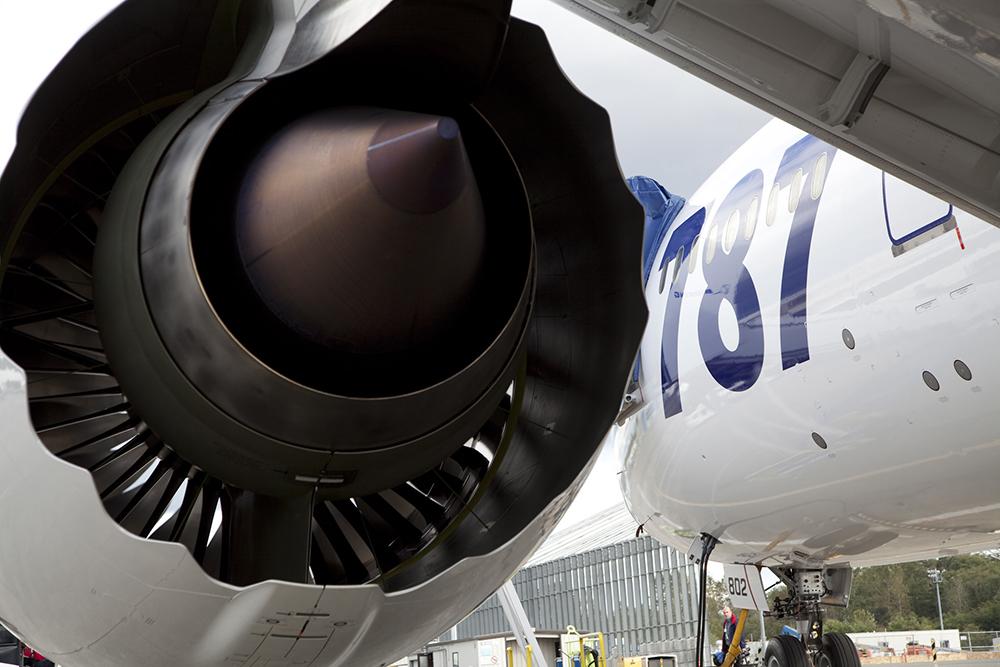
For more than a year, QOCO Systems has been helping Rolls-Royce exchange predictive maintenance data with airlines. The system has been so successful that Rolls-Royce plans to extend the QOCO tool to more airlines. And QOCO wants to extend its approach to other companies, components, shops and other uses.
The QOCO tool, Enginedata.io, transfers data in real time from airline maintenance and engineering (M&E) systems. Unlike many point-to-point integrations, QOCO says Enginedata.io automatically transforms data to correct formats and validates the data, raising alerts or warnings when data may be incorrect. Possible errors can then be resolved by QOCO staff, Rolls-Royce or operators.
Richard Swallow, head of digital services at Rolls-Royce, says his company has been using Enginedata.io since November 2020. So far, 11 airlines are using it to exchange data with Rolls-Royce. “It has the potential to cover all of the Rolls-Royce fleet,” Swallow says. Another 20 airlines are already in the implementation pipeline. “These include major international flag carriers from all global regions.”
The software replaces manual data transfer to and from Rolls-Royce. “All of the data an airline would normally provide via our airline support teams can be automatically shared via Enginedata.io,” Swallow points out. This includes configuration data and life and event data—for example, which parts or control units are fitted to which engines and how many hours and cycles of use they have accumulated. “If a fault occurs or a part is changed during maintenance, that information can be automatically shared with Rolls-Royce,” says Swallow.
According to Swallow, Rolls-Royce fully recognizes that the data is owned by the airline, so the airline retains control of which data is shared with Rolls-Royce or any other entity. “If the airline chooses, data transfer can be two-way,” Swallow explains. “Information processed by Rolls-Royce can be automatically loaded into the airline’s ERP or MRO system for its use. This could include, for example, the remaining useful life on Group A parts.”
Rolls-Royce says Engindata.io thus enables less effort by airlines, plus a more timely and reliable way to exchange operational data. This, in turn, improves the support Rolls-Royce can provide to airlines.
By combining data on how engines are maintained and operated, Rolls-Royce says it can model and predict engine behavior individually. These digital twins minimize maintenance cost while maximizing engine availability and reliability.
Swallow says Enginedata.io is Rolls-Royce’s strategic approach to data transfer and will gradually be rolled out to all airlines that choose to take advantage of it.
QOCO would also like to extend Enginedata.io to other applications. Business Consultant Henrik Ollus says the tool could be used for bidirectional exchange of data between operators and MROs, thus extending the paperless approach outside shops and airlines themselves.
According to Ollus, Enginedata.io could also be used within an airline to automatically update in real time the hours and cycle data for parts such as APUs and life-limited parts. It would take this data from ACARS, transform it into the right format and enter it in the airline’s M&E system, saving manual efforts and preventing errors.
Ollus says Enginedata.io could also integrate electronic technical logs (ETL) with airlines’ M&E systems. As ETLs increase in number and penetration, there is no standard interface. Some ETLs were built already integrated into their sister M&E systems, but many are not. Ollus says Enginedata.io could transform data and check for errors as data is sent from ETLs to M&E systems, and from M&E systems to ETLs.
Does all this sound too ambitious for a small Finnish aviation IT company? Senior Partner Ville Santaniemi says QOCO has been growing fast. It has 30 employees now, added 10 recently and is in the process of hiring more.
Implementation of QOCO takes about a month for a simple data transfer and, more typically, 2-6 months for more complex jobs. While Enginedata.io may not catch all data errors at first, QOCO says it constantly improves in accuracy with use and with collaboration between OEMs and airlines. QOCO used the OEM’s data model for the Rolls-Royce project, but that it would use Air Transport Association e-business standards where possible for other exchange projects.
Santiemi says he does not believe any other aviation IT companies are specializing in this kind of flexible data exchange function. In-house solutions, he says, are likely only to work for one company’s data standards. He adds that he is seeing “plenty of interest” in Enginedata.io.




